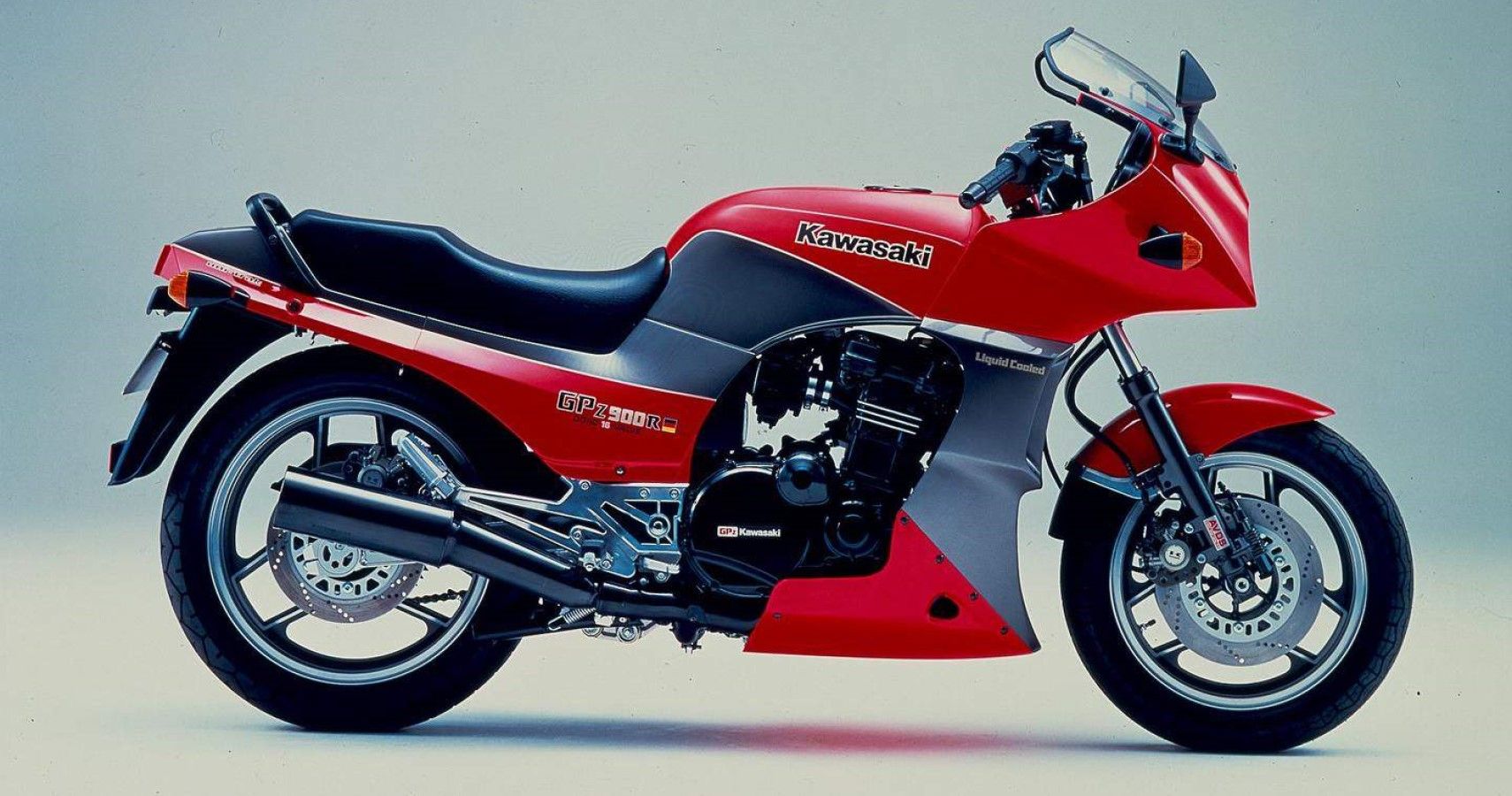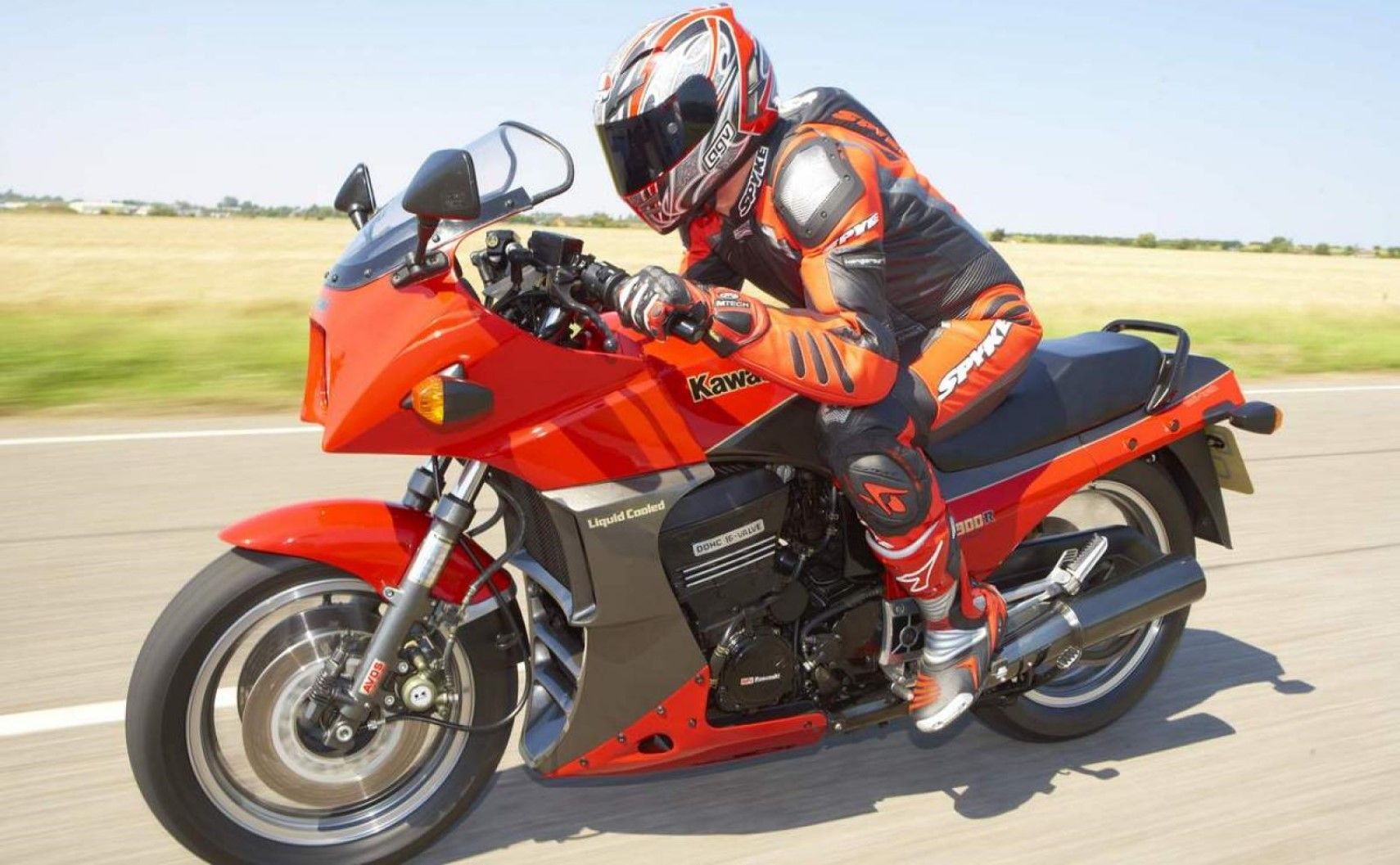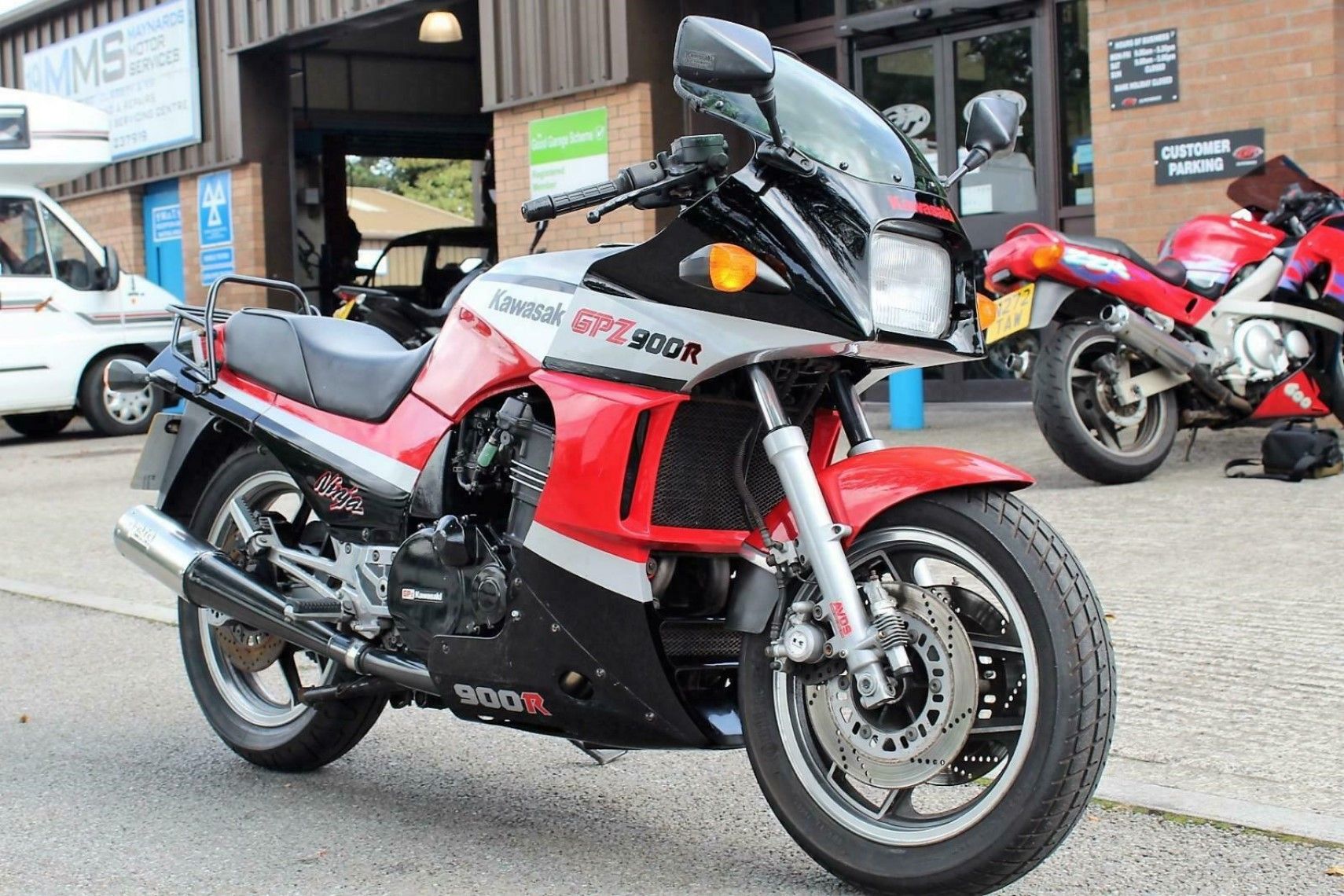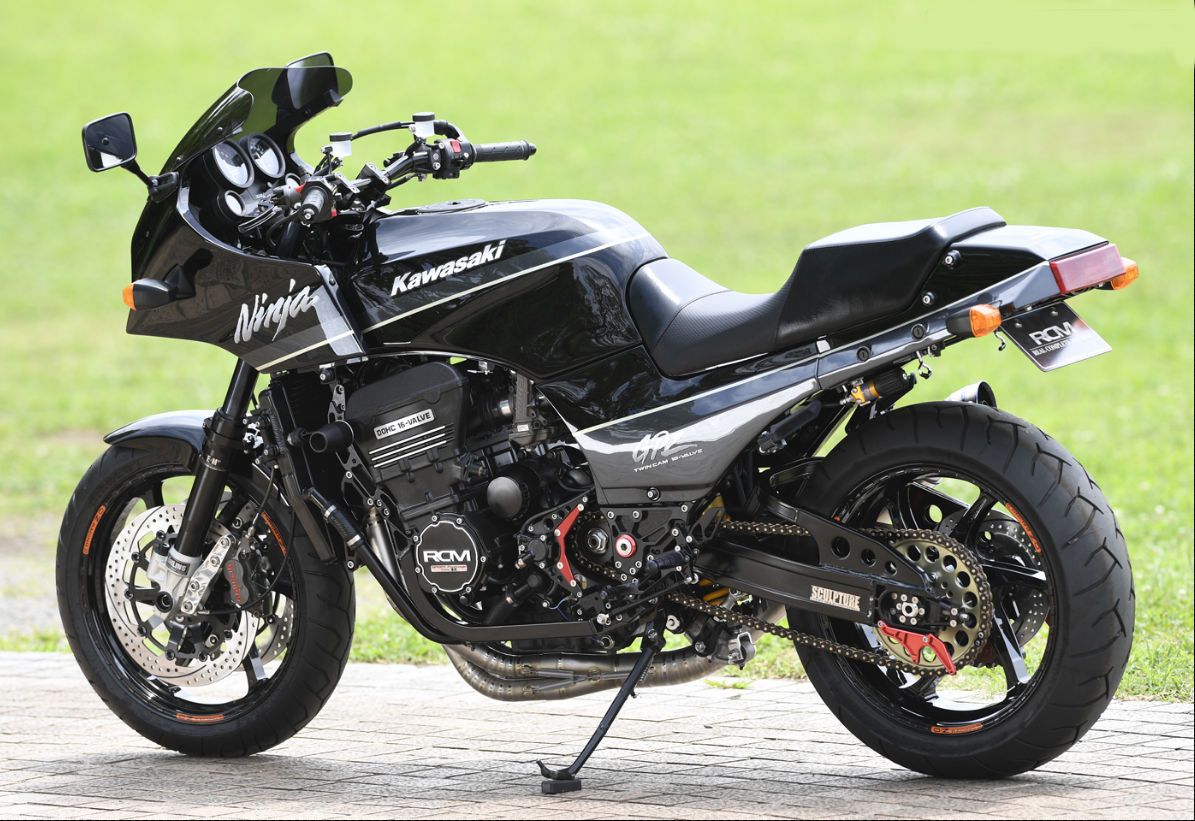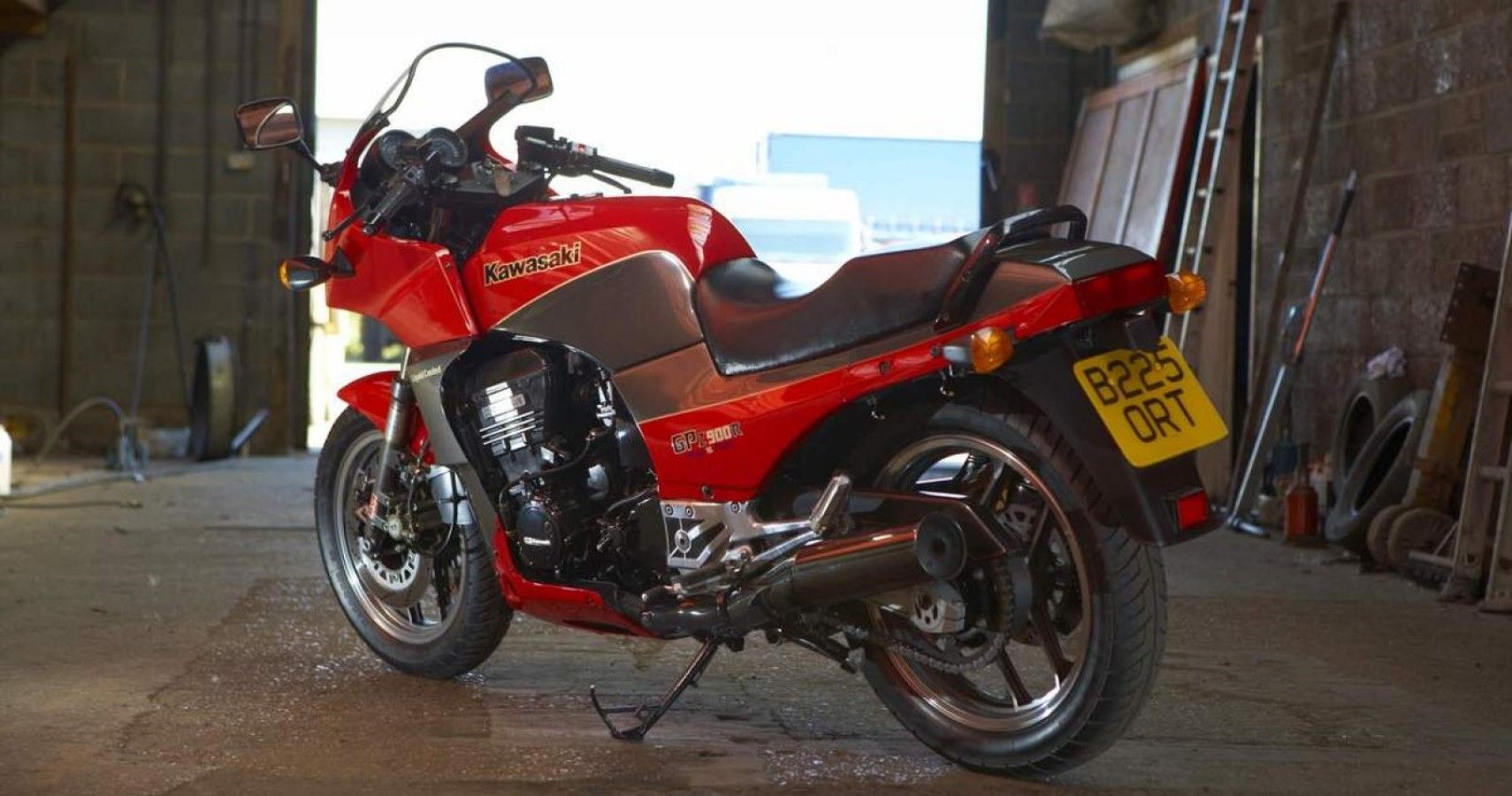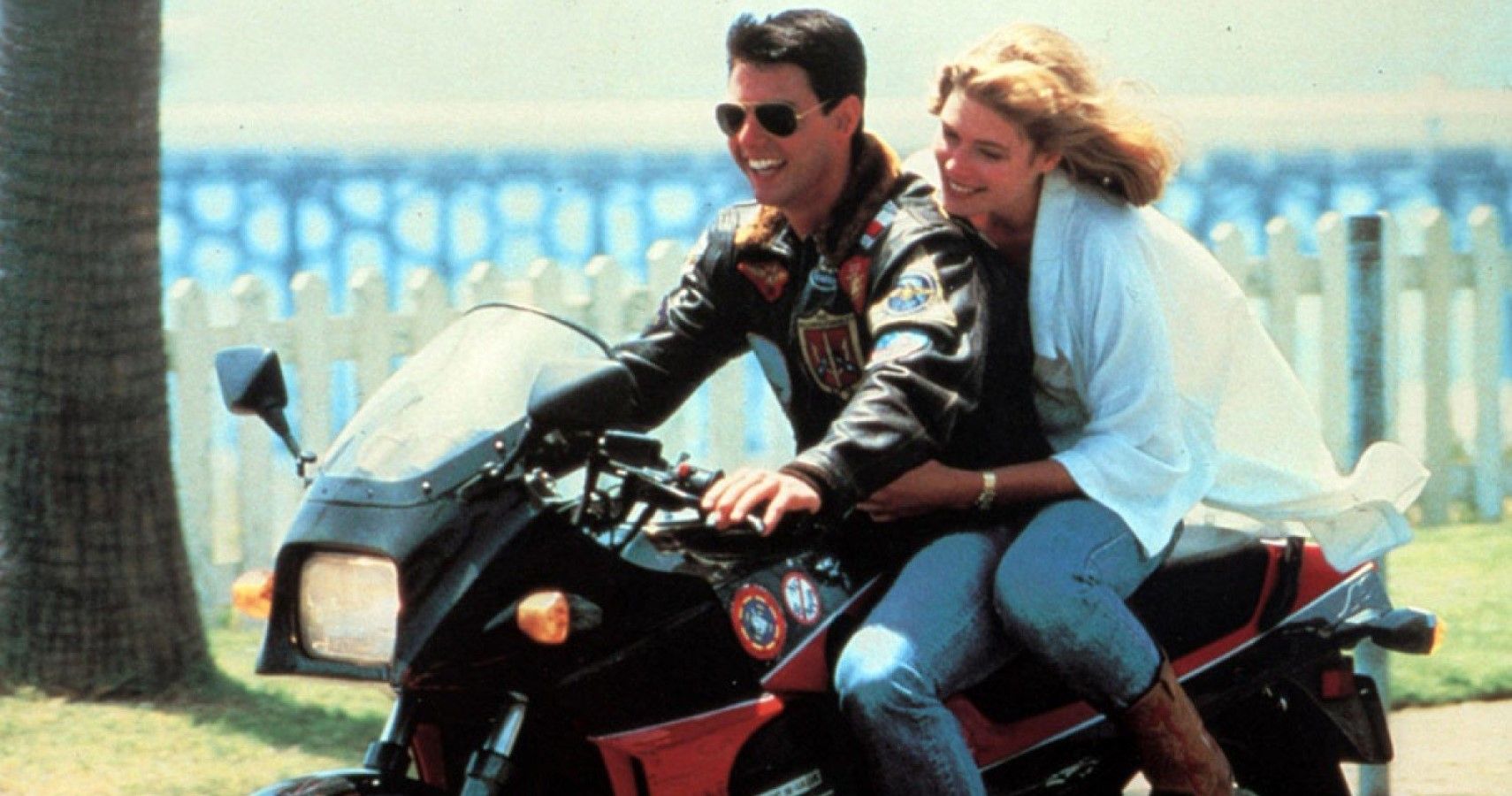Kawasaki and its Ninja-nameplated are worshiped around the world for the explosive package of thrill it offers. It all started with the first-ever Ninja-badged motorcycle, the Kawasaki GPZ900R. This bike is a legend that rewrote the way we perceived modern-day motorcycling and is the granddaddy of modern-day performance machines.
It introduced a lot of new technologies that made riding motorcycles more fun and much easier. The GPZ900R was powerful, efficient, nimble, and above all, a game-changing motorcycle. The 80s have always been a golden age for motorcycles, and we still love it. This is evident from the fact that Kawasaki brought back the iconic Katana as a modernized version.
And a few days ago, they had uploaded a very cryptic video on youtube, showing the timeline and subtle changes of the GPZ900R over its lifetime. This is a hint of the iconic Ninja's return as a neo-retro reincarnation. If things actually bear fruit, then there are high chances of the GPZ's spiritual successor being based on the Kawasaki Z900 or the Z900 RS for a deeper retro-vibe.
The Kawasaki GPZ900R was a motorcycle that changed the course of modern motorcycling and the first 'Ninja'-badged technological marvel.
Kawasaki GPZ900R Was Made In Secret And Was Way Ahead Of Rivals
The Kawasaki GPZ900R also known as the ZX900A or Ninja 900 was a fully-faired sports bike that mesmerized the world. It struck the Ninja cord in 1984, having a really healthy long run. Kawasaki played it mellow with the GPZ90R as it was conceptualized and developed in secret.
For over 6 years, no one knew about the legendary motorcycle in the making, and the absence of the internet made things much easier. One main reason for this was the insane list of technological features that were the first-in-segment. So, it was very much evident that the smart brains of Kawasaki didn't want others, especially its rivals, to get a peak on.
It Packed The World's First 16V Liquid-Cooled Inline-4 Engine Among Many Others
Kawasaki Ninja 900 packed a 908cc engine that was the world's first 16-valve liquid-cooled inline-4 engine. It pumped out 108 hp @ 9,500 rpm and 62.9 lb-ft @ 8,500 rpm. Power was sent to the rear wheel via a 6-Speed gearbox. The engine was cooler and much more responsive than its competitors, thanks to the water-cooling and 16-valve setup. It also came with the industry-first 'aircraft fuel filler' fuel cap. It was a spring-mounted fuel cap that replaced the 2-step twist cap.
Another interesting fact about the first Ninja was that it fueled the legendary speed wars that are very much prominent among Japanese automakers to this day. In one way or the other, it was because of the GPZ900R that we got icons like the Suzuki Hayabusa and the Honda CBR1000RR.
The First Kawasaki To Be Called A 'Ninja'; The First Motorcycle To Cross The 150 Mph Mark
Kawasaki was well known for setting speed records back in the day as well. The GPZ900R also didn't break the tradition and went down in history as the first motorcycle to break the 150 mph barrier and also bag the fastest motorcycle tag during its launch at 155 mph. This was insane for the time and its newly slapped 'Ninja' nameplate was already making a buzz.
All of this was possible because of some impressive structural changes. The engineers removed the downtube for shaving off unwanted weight and for the first time used the inline-4 motor as a stressed member. This brought about impressive structural rigidity and helps lower the weight as well as the center of gravity.
The result was an exceptional handling motorcycle that could scare almost anyone with its performance. It also packed a new well-balanced suspension layout and a crankshaft counter-balancer that helped eliminate almost all vibrations and made this Ninja smooth one. It was a very simple motorcycle to ride, despite having such a complex technological layout.
A Historically Advanced Motorcycle That Refused To Die
The Kawasaki GPZ900R had a very long production run from 1984 to 2003, and it was mostly unchanged during this period. Frankly, it was way ahead of the competition upon launch, because of which, by the end of the production run, it was still very much in the picture. Kawasaki actually replaced the GPZ900R with the GPZ1000RX, but the Ninja didn't die. It continues alongside the 1000RX. The GPZ1000RX was then replaced by the legendary ZZ-R1100 which put the GPZ900R on the side note and took the Flagship tag. But the Ninja 900 stayed on until 1996 in the US, and up unto 2003 in Japan.
The GPZ900R Was So Good, That Even Tom Cruise Couldn't Resist It
Tom Cruise is an actor who is known to push the limits every time he gets a chance to be on the big screen. Top Gun is a cult movie that still remains as thrilling as ever and Tom Cruise decided to ride the Kawaski GPZ900R in this movie. It was actually after him featuring the Ninja, that it gains traction in the USA. A daring actor on a legendary motorcycle - it can't get more convincing than this. Well, Top Gun is getting a sequel, and maverick has replaced his iconic GPZ900R with The Kawasaki H2, another icon by all means.
The Ninja 900 was also blisteringly fast on demanding tracks as well and it proved it aptly when Geoff Johnson earned a victory in the production class blast-off at the 1984 Le Man TT behind the GPZ900R. We all know that Honda produced the world's first superbike but it was Kawaski that gave us an insight into the future of motorcycling with the legendary GPZ900R.
Sources: Kawasakigpz900r.com, Classic-motorbikes.net, Rideapart.com, Riders.drivemag.com, Visordown.com

